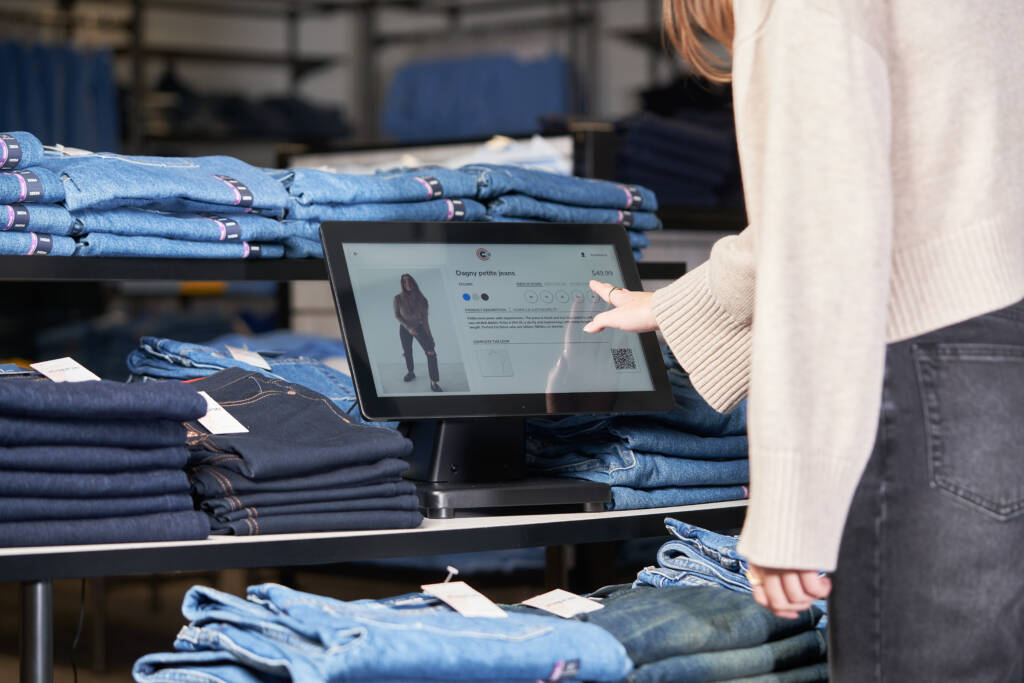Retailers that innovate are those that thrive
Of course, bricks and mortar stores aren’t necessarily coming to an end, but the rise of digital shopping and the mobile-first generation has forced retailers to adapt.
Developing an omnichannel presence, and opening multiple sales channels to cater to these changing customer demands, has rightfully been a top priority for retailers over the last decade. In light of the significant impacts that the coronavirus outbreak has had globally, these retailers’ effort into innovating their operations will be an accurate indicator of their success.
The past year has been like no other, and retail has been one of the hardest-hit industries with multiple nationwide lockdowns and closures for all non-essential retailers. However, as restrictions begin to lift and consumers return to the highstreets, retailers mustn’t forget the lessons learned during the height of the pandemic.
Failing to keep up with trends often leaves businesses at a disadvantage, as their competitors leave them behind. Retail, in particular, has felt the full force of consumers becoming digitally reliant. Over the last few years, companies have been forced to close more and more brick and mortar store locations as the number of high street shoppers continue to decline. Covid-19 has only acted as an additional catalyst in this transition period, impacting a portion of the industry that was already struggling to generate revenue growth.
It is now more important than ever to operate through multiple sales channels. The key to success is flexibility and giving customers options – whether they wish to collect orders in stores, have them delivered to their doors, or do their shopping at in-store locations. But, of course, the latter is not an option in areas that are still experiencing lockdowns or Covid-19 restrictions, and retailers have had to rely on their omnichannel solutions and will continue to do so for the foreseeable future.
If you don’t have an omnichannel system in place, you’re already behind your competitors. However, if you do have an omnichannel presence, is it effective and are you leaving sales opportunities on the table due to cancelled orders and the fear of exposing additional inventory for orders because of a lack of confidence in your stated inventory?
One of the biggest challenges that retailers face is their overall inventory flow and management. Given that supply chains have been forced to stop, stores have been closed, yet orders continue. Therefore, retail inventory management is critical in remaining operational as we emerge into a new era of retail while optimizing the on-hand products currently available in a retailer’s supply chain.
Retailers need a reliable, fast, and effective item-level RFID solution if they wish to operate efficiently to execute an effective omnichannel strategy. As of right now, many do not have sufficient inventory solutions at their disposal to perform as a profitable omnichannel retailer. According to research previously undertaken by SML RFID, who interviewed many apparel and footwear retailers across North America and Europe, many retailers believe they have a stock accuracy lower than 60%.
As we emerge from a challenging year, the currently thriving retailers are those who have continually searched for the best digital solutions available for their operations. For example, many retailers within the past year have truly embraced BOPIS (Buy Online Pick Up In-store) solutions to enable them to navigate the pandemic restrictions. They’ve mastered supply chain efficiency and retail inventory management, and they are currently offering their customers flexible solutions that capture sales from multiple sources. We’ve entered a new era of retail over the past year, and those that have failed to invest in innovation in time are being left behind.
For more information on how Item-level RFID solutions can enhance retail operations and drive innovation across your organization, contact SML at info@sml-rfid.com.










